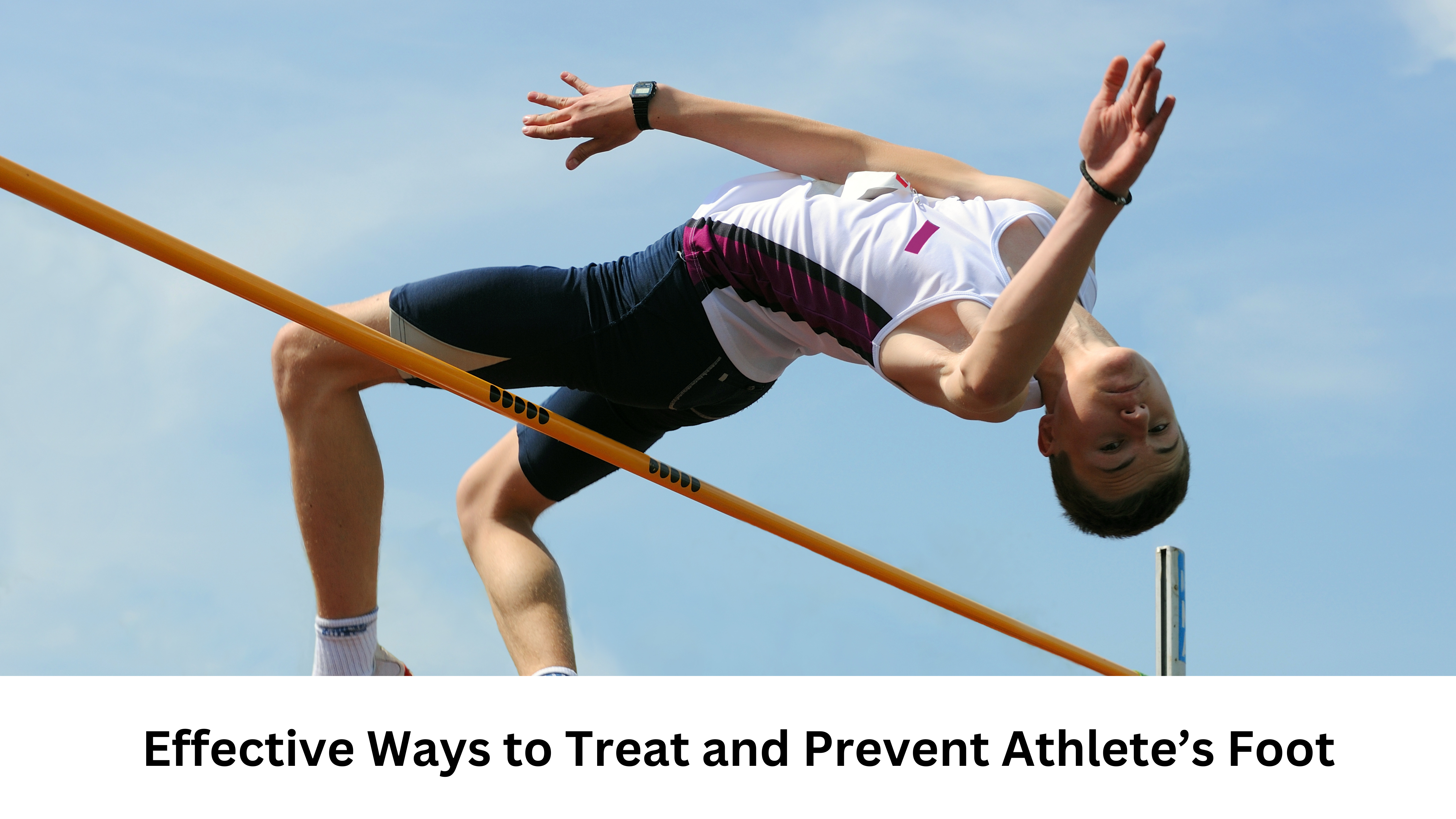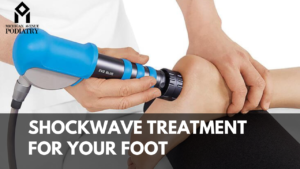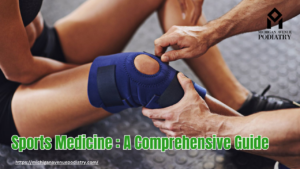Athlete’s foot, medically known as tinea pedis, is a common fungal infection that affects many people, especially athletes and those who frequent public pools or gyms. Understanding how to effectively treat and prevent athlete’s foot is crucial for maintaining healthy feet. This blog will explore effective treatment options and preventive measures, particularly for residents of Illinois, including Chicago, Elmhurst, Tinley Park, Downtown Chicago, and Flossmoor.
What Is Athlete’s Foot?
Athlete’s foot is a contagious fungal infection that typically starts between the toes and can spread to other parts of the foot. Symptoms may include itching, burning, redness, and peeling skin. In severe cases, it can lead to blisters and cracked skin.
Causes of Athlete’s Foot
- Fungal Infections:
The primary cause is a type of fungus that thrives in warm, moist environments. - Moisture:
Environments such as swimming pools, gyms, and public showers can increase the risk of infection. - Poor Foot Hygiene:
Neglecting to properly wash and dry feet can contribute to the growth of fungi. - Tight or Non-Breathable Shoes:
Wearing tight shoes or socks that don’t allow moisture to escape can create an ideal environment for fungal growth.
Effective Treatment Options
- Over-the-Counter Antifungal Creams
What to Do:
Apply antifungal creams or powders available at pharmacies. Follow the instructions for application, usually twice daily until symptoms improve. - Oral Antifungal Medications
What to Do:
For severe cases or if topical treatments fail, your healthcare provider may prescribe oral antifungal medications. These should be taken under medical supervision. - Home Remedies
What to Do:
Some individuals find relief using home remedies such as vinegar soaks or tea tree oil. However, effectiveness can vary, and these should not replace medical treatment. - Keep Feet Dry
What to Do:
After washing your feet, dry them thoroughly, especially between the toes. Moisture can promote fungal growth. - Foot Soaks
What to Do:
Soaking your feet in a solution of warm water and Epsom salt can help soothe itching and reduce inflammation.
Prevention Tips
- Practice Good Foot Hygiene:
Wash your feet daily with soap and water, and dry them completely. - Wear Breathable Footwear:
Choose shoes made from breathable materials. Avoid wearing tight shoes that can trap moisture. - Use Antifungal Powder:
Apply antifungal powder to your feet and inside your shoes to keep them dry and prevent fungal growth. - Avoid Walking Barefoot in Public Areas:
Always wear flip-flops or water shoes in public showers, pools, and locker rooms to reduce exposure to fungi. - Change Socks Regularly:
Wear moisture-wicking socks and change them if they become damp. This helps keep your feet dry. - Avoid Sharing Personal Items:
Don’t share towels, shoes, or socks with others, as this can spread the infection. - Treat Other Fungal Infections Promptly:
If you notice any signs of athlete’s foot or other fungal infections, seek treatment promptly to prevent spreading.
When to See a Podiatrist
If your athlete’s foot symptoms persist or worsen despite treatment, consult a podiatrist. They can provide a proper diagnosis and recommend more effective treatment options tailored to your condition.
Conclusion
Athlete’s foot is a common but treatable condition that can be effectively managed with the right care and prevention strategies. If you’re experiencing symptoms, especially if you live in Illinois, including Chicago, Elmhurst, Tinley Park, Downtown Chicago, or Flossmoor, seek advice from a healthcare provider or podiatrist. Don’t let athlete’s foot hinder your activities—take steps to achieve healthier feet today!




